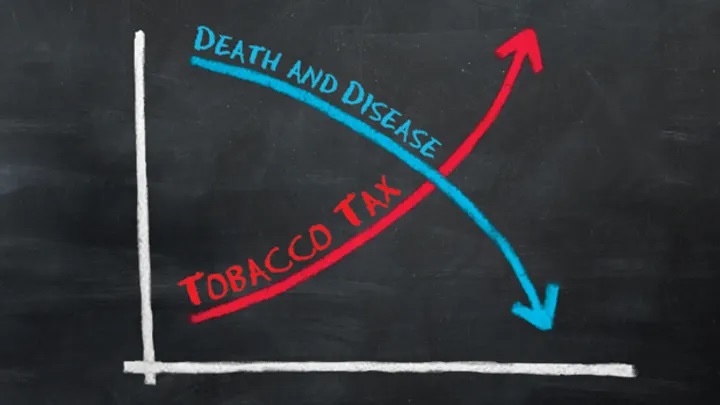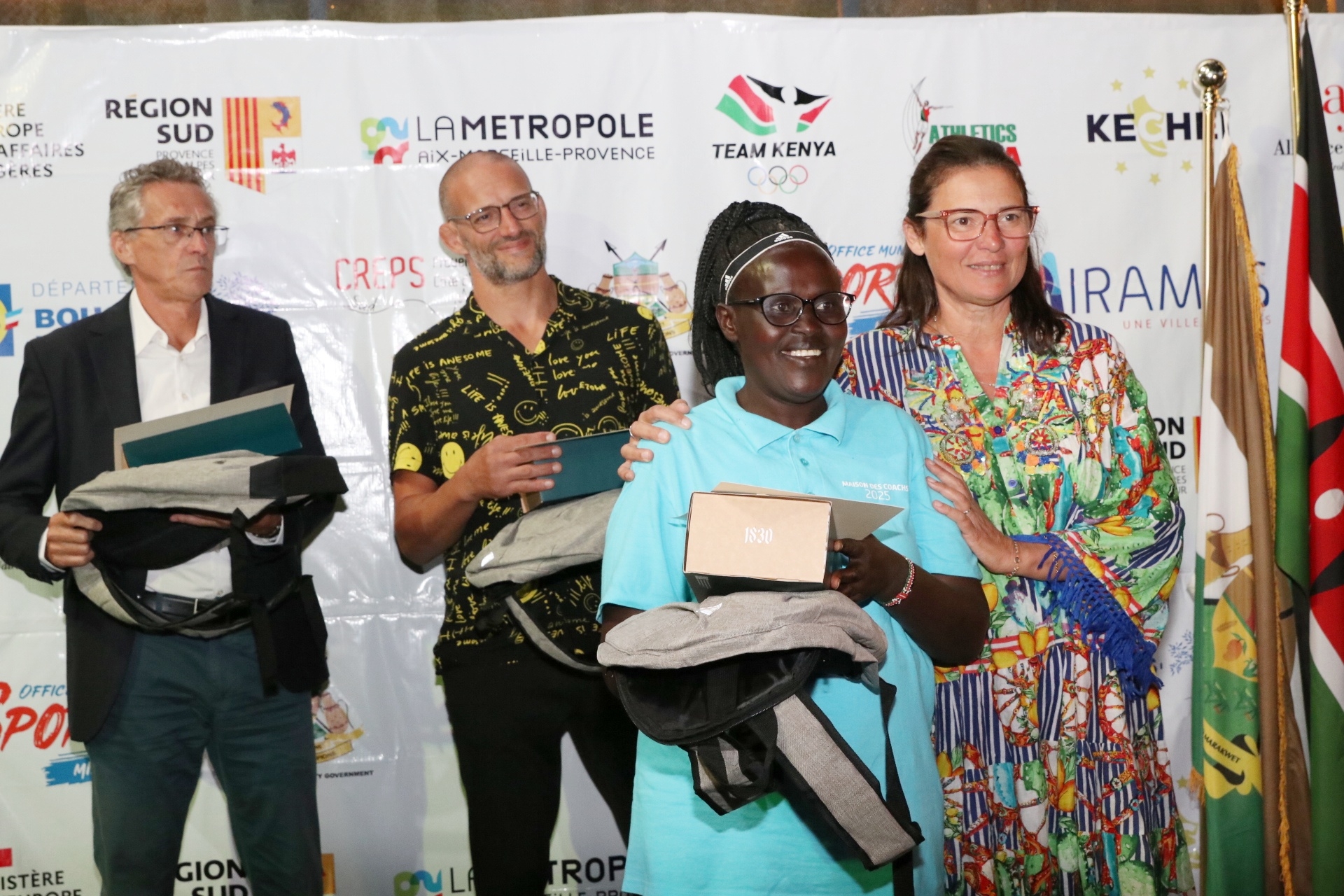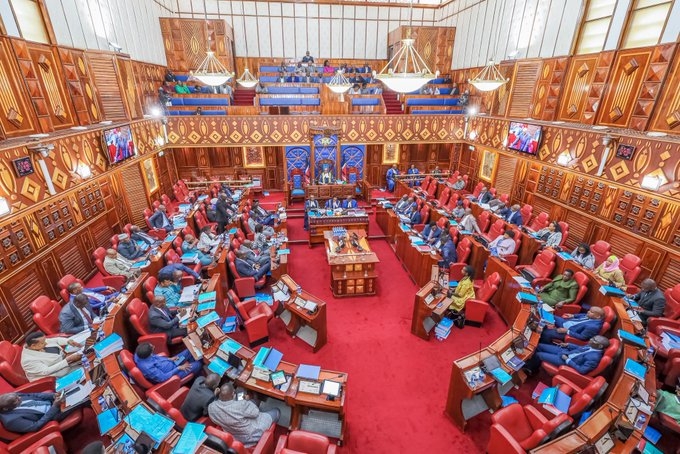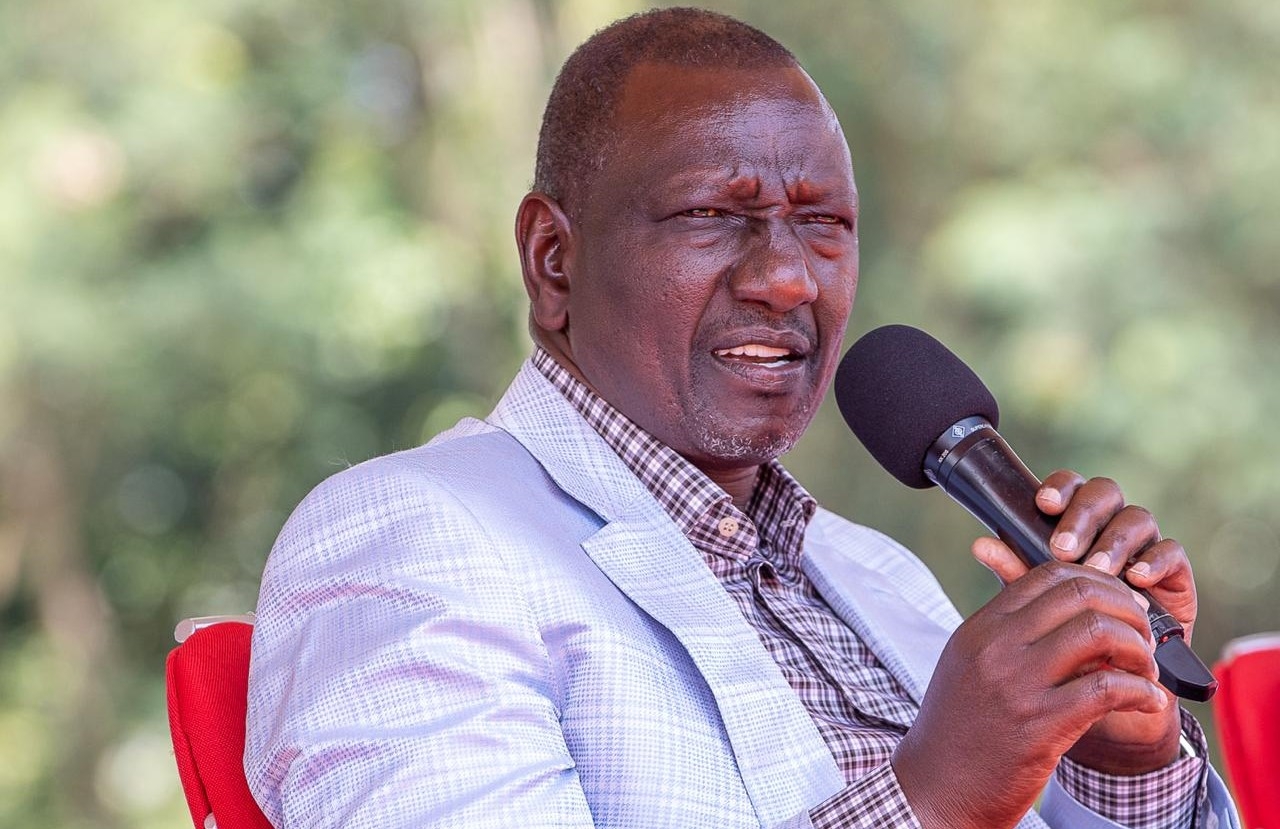
Despite
the bold warnings printed on cigarette packs, informing consumers that smoking
is hazardous to health, many continue to purchase and consume tobacco,
seemingly indifferent to the risks.
It's
a perplexing contradiction—like walking toward the edge of a cliff while fully
aware of the impending danger, yet still choosing to jump.
Even
though the dangers of smoking are well-documented, many smokers casually
disregard the warnings, exposing not only themselves but also others to the
harmful effects of secondhand smoke.
This
contributes to an alarming rise in respiratory diseases and other health
complications.
Did
you know that over 12,000 Kenyans die annually due to smoking-related
illnesses? When I posed this statistic to Tom (not his real name), a long-time
smoker, his reaction was mixed—shock, disbelief, and ultimately, a shrug of
indifference.
"We're all going to die someday," he
said. While it’s true that death is inevitable, I reminded him that life as a
smoker is often filled with unnecessary suffering and a reduced quality of
life.
Tobacco
smoking is a known risk factor for chronic respiratory and cardiovascular
diseases, various cancers, and diabetes. While these facts gave Tom pause, what
truly struck a chord was the increasing cost of cigarettes.
A
typical pack of 20 cigarettes in Kenya now costs around Sh340, with taxes
making up just 32% of the price. The World Health Organization recommends taxes
account for 70-75% of the retail price to effectively curb consumption.
Tom’s
story mirrors that of many smokers. He began smoking as a teenager, influenced
by peer pressure. Over time, smoking became an expensive habit, forcing him to
cut back as prices rose. "I used to smoke a pack a day when cigarettes
were just Sh3 a stick. But as the prices climbed, I had no choice but to reduce
my intake," he recalled.
Data
from 2014-2022 supports Tom’s experience. Smoking prevalence among Kenyan men
aged 15-49 has dropped from 15.8% to 9.3%, largely due to price hikes.
Interestingly, the prevalence among women has slightly increased during the
same period, highlighting the complex dynamics of tobacco consumption.
National
agencies such as NACADA, alongside NGOs and community-based organizations like
the Den of Hope Youth Group, have been at the forefront of advocating for
higher tobacco taxes. The rationale is simple: increasing the price of tobacco
products not only forces smokers to cut back but also generates revenue that
can be reinvested in public health initiatives.
Taxing
tobacco products is a proven strategy, particularly effective among youth and
low-income groups, who are more sensitive to price changes. Martina (not her
real name), another smoker, admitted that the rising cost of cigarettes has
made her reduce her consumption. Like Tom, she started smoking out of curiosity
as a teenager, only to find it difficult to quit.
The
economic cost of smoking extends beyond individual health. Tobacco use imposes
a significant burden on Kenya’s healthcare system and economy. It is estimated
that for every dollar the country earns from the tobacco industry, it loses
between $2.2 and $3 in healthcare costs and productivity losses. With 39% of
all deaths annually linked to smoking-related illnesses, the need to raise
tobacco taxes has never been more urgent.
The
call for higher taxes on tobacco products is not just about penalizing a
harmful habit; it's about generating the resources needed to mitigate the
damage tobacco inflicts on our society. By investing the revenue in healthcare
and prevention initiatives, we can begin to undo the harm tobacco has caused.
The economic and health benefits far outweigh the costs, making this a vital
step toward a healthier, smoke-free future for Kenya.
Zelpha Ingasiah, is a youth from Kamukunji, and Tobacco control advocate with the Den of Hope Youth Group












![[PHOTOS] Uhuru leads Jubilee grassroots meeting in Murang’a](/_next/image?url=https%3A%2F%2Fcdn.radioafrica.digital%2Fimage%2F2025%2F11%2F0b2a49cd-52fb-4a92-b9dc-26e253825a4a.jpeg&w=3840&q=100)



